2016 年 6 月英语六级真题(第 3 套)
Part I
Writing
(30 minutes)
Directions:For this part, you are allowed 30 minutes to write a short essay on the
use of robots. Try to imagine what will happen when more and more robots
take the place of human beings in industry as well as people’s daily lives.
You are required to write at least 150 words but no more than 200 words.
Part II
Listening Comprehension
(25 minutes)
说明:2016 年 6 月六级真题全国共考了两套听力。本套(即第三套)的听力内容与第二套
的完全一样,只是选项的顺序不一样而已,故在本套中不再重复给出。
Part III
Section A
Reading Comprehension
(40 minutes)
Directions: In this section, there is a passage with ten blanks. You are required
to select one word for each blank from a list of choices given in a word
bank following the passage. Read the passage through carefully before
making your choices. Each choice in the bank is identified by a letter.
Please mark the corresponding letter for each item on Answer Sheet 2 with
a single line through the centre. You may not use any of the words in the
bank more than once.
Questions 26 to 35 are based on the following passage.
Pursuing a career is an essential part of adolescent development. “The
adolescent becomes an adult when he
26
a real job.” To cognitive researchers like
Piaget, adulthood meant the beginning of an
27 .
Piaget argued that once adolescents enter the world of work, their newly acquired
ability to form hypotheses allows them to create representations that are too ideal.
The
28
of such ideals, without the tempering of the reality of a job or profession,
rapidly leads adolescents to become
29
of the non-idealistic world and to press
for reform in a characteristically adolescent way. Piaget said: “True adaptation
to society comes
30
when the adolescent reformer attempts to put his ideas to
work.”
Of course, youthful idealism is often courageous, and no one likes to give up
dreams. Perhaps, taken
31
out of context, Piaget’s statement seems harsh. What
he was 32 , however, is the way reality can modify idealistic views. Some people
refer to such modification as maturity. Piaget argued that attaining and accepting
a vocation is one of the best ways to modify idealized views and to mature.
�
As careers and vocations become less available during times of
33 , adolescents
may be especially hard hit. Such difficult economic times may leave many adolescents
34
about their roles in society. For this reason, community interventions and
government job programs that offer summer and vacation work are not only economically
35
but also help to stimulate the adolescent’s sense of worth.
A) automatically
B) beneficial
C) capturing
D) confused
E) emphasizing
F) entrance
G) excited
H) existence
Section B
I) incidentally
J) intolerant
K) occupation
L) promises
M) recession
N) slightly
O) undertakes
Directions: In this section, you are going to read a passage with ten statements
attached to it. Each statement contains information given in one of the
paragraphs. Identify the paragraph from which the information is derived.
You may choose a paragraph more than once. Each paragraph is marked with
a letter. Answer the questions by marking the corresponding letter on
Answer Sheet 2.
Can societies be rich and green?
[A] “If our economies are to flourish, if global poverty is to be eliminated and
if the well-being of the world’s people enhanced—not just in this generation but
in succeeding generations—we must make sure we take care of the natural environment
and resources on which our economic activity depends.” That statement comes not,
as you might imagine, from a stereotypical tree-hugging, save-the-world-greenie(环
保 主 义 者 ), but from Gordon Brown, a politician with a reputation for rigour,
thoroughness and above all, caution.
[B] A surprising thing for the man who runs one of the world’s most powerful
economies to say? Perhaps; though in the run-up to the five-year review of the
Millennium (千年的) Goals, he is far from alone. The roots of his speech, given in
March at the round table meeting of environment and energy ministers from the G20
group of nations, stretch back to 1972, and the United Nations Conference on the
Human Environment in Stockholm.
�
[C] “The protection and improvement of the human environment is a major issue which
affects the well-being of peoples and economic development throughout the world,”
read the final declaration from this gathering, the first of a sequence which would
lead to the Rio de Janeiro Earth Summit in 1992 and the World Development Summit
in Johannesburg three years ago.
[D] Hunt through the reports prepared by UN agencies and development groups—many
for conferences such as this year’s Millennium Goals review—and you will find that
the linkage between environmental protection and economic progress is a common
thread.
[E] Managing ecosystems sustainably is more profitable than exploiting them,
according to the Millennium Ecosystem Assessment. But finding hard evidence to
support the thesis is not so easy. Thoughts turn first to some sort of global
statistic, some indicator which would rate the wealth of nations in both economic
and environmental terms and show a relationship between the two.
[F] If such an indicator exists, it is well hidden. And on reflection, this is not
surprising; the single word “environment” has so many dimensions, and there are
so many other factors affecting wealth—such as the oil deposits—that teasing out
a simple economy-environment relationship would be almost impossible.
[G] The Millennium Ecosystem Assessment, a vast four-year global study which
reported its initial conclusions earlier this year, found reasons to believe that
managing ecosystems sustainably—working with nature rather than against it—might
be less profitable in the short term, but certainly brings long-term rewards.
[H] And the World Resources Institute (WRI) in its World Resources 2005 report,
issued at the end of August, produced several such examples from Africa and Asia;
it also demonstrated that environmental degradation affects the poor more than the
rich, as poorer people derive a much higher proportion of their income directly from
the natural resources around them.
[I] But there are also many examples of growing wealth by trashing the environment,
in rich and poor parts of the world alike, whether through unregulated mineral
extraction, drastic water use for agriculture, slash-and-bum farming, or
fossil-fuel-guzzling (大量消耗) transport. Of course, such growth may not persist
�
in the long term—which is what Mr. Brown and the Stockholm declaration were both
attempting to point out. Perhaps the best example of boom growth and bust decline
is the Grand Banks fishery. For almost five centuries a very large supply of cod
(鳕鱼) provided abundant raw material for an industry which at its peak employed
about 40,000 people, sustaining entire communities in Newfoundland. Then, abruptly,
the cod population collapsed. There were no longer enough fish in the sea for the
stock to maintain itself, let alone an industry. More than a decade later, there
was no sign of the ecosystem rebuilding itself. It had, apparently, been fished out
of existence; and the once mighty Newfoundland fleet now gropes about frantically
for crab on the sea floor.
[J] There is a view that modem humans are inevitably sowing the seeds of a global
Grand Banks-style disaster. The idea is that we are taking more out of what you might
call the planet’s environmental bank balance than it can sustain; we are living
beyond our ecological means. One recent study attempted to calculate the extent of
this “ecological overshoot of the human economy”, and found that we are using 1.2
Earth’s worth of environmental goods and services—the implication being that at
some point the debt will be called in, and all those services—the things which the
planet does for us for free—will grind to a halt.
[K] Whether this is right, and if so where and when the ecological axe will fall,
is hard to determine with any precision—which is why governments and financial
institutions are only beginning to bring such risks into their economic calculations.
It is also the reason why development agencies are not united in their view of
environmental issues; while some, like the WRI, maintain that environmental progress
needs to go hand-in-hand with economic development, others argue that the priority
is to build a thriving economy, and then use the wealth created to tackle
environmental degradation.
[L]This view assumes that rich societies will invest in environmental care. But is
this right? Do things get better or worse as we get richer? Here the Stockholm
declaration is ambiguous. “In the developing countries,” it says, “most of the
environmental problems are caused by under-development.” So it is saying that
economic development should make for a cleaner world? Not necessarily; “In the
industrialised countries, environmental problems are generally related to
industrialisation and technological development,” it continues. In other words,
poor and rich both over-exploit the natural world, but for different reasons. It’s
�
simply not true that economic growth will surely make our world cleaner.
[M] Clearly, richer societies are able to provide environmental improvements which
lie well beyond the reach of poorer communities. Citizens of wealthy nations demand
national parks, clean rivers, clean air and poison-free food. They also, however,
use far more natural resources—fuel, water (all those baths and golf courses) and
building materials.
[N] A case can be made that rich nations export environmental problems, the most
graphic example being climate change. As a country’s wealth grows, so do its
greenhouse gas emissions. The figures available will not be completely accurate.
Measuring emissions is not a precise science, particularly when it comes to issues
surrounding land use; not all nations have released up-to-date data, and in any case,
emissions from some sectors such as aviation are not included in national statistics.
But the data is exact enough for a clear trend to be easily discernible. As countries
become richer, they produce more greenhouse gases; and the impact of those gases
will fall primarily in poor parts of the world.
[O] Wealth is not, of course, the only factor involved. The average Norwegian is
better off than the average US citizen, but contributes about half as much to climate
change. But could Norway keep its standard of living and yet cut its emissions to
Moroccan or even Ethiopian levels? That question, repeated across a dozen
environmental issues and across our diverse planet, is what will ultimately
determine whether the human race is living beyond its ecological means as it pursues
economic revival.
36. Examples show that both rich and poor countries exploited the environment for
economic progress.
37. Environmental protection and improvement benefit people all over the world.
38. It is not necessarily true that economic growth will make our world cleaner.
39. The common theme of the UN reports is the relation between environmental
protection and economic growth.
40. Development agencies disagree regarding how to tackle environment issues while
ensuring economic progress.
41. It is difficult to find solid evidence to prove environmental friendliness
generates more profits than exploiting the natural environment.
42. Sustainable management of ecosystems will prove rewarding in the long run.
�
43. A politician noted for being cautious asserts that sustainable human development
depends on the natural environment.
44. Poor countries will have to bear the cost for rich nations’ economic
development.
45. One recent study warns us of the danger of the exhaustion of natural resources
on Earth.
Section C
Directions: There are 2 passages in this section. Each passage is followed by some
questions or unfinished statements. For each of them there are four
choices marked A), B), C), and D).You should decide on the best choice
and mark the corresponding letter on Answer Sheet 2 with a single line
through the centre.
Passage One
Questions 46 to 50 are based on the following passage.
Interactive television advertising, which allows viewers to use their remote
controls to click on advertisements, has been pushed for years. Nearly a decade ago
it was predicted that viewers of “Friends”, a popular situation comedy, would soon
be able to purchase a sweater like Jennifer Aniston’s with a few taps on their remote
control. “It’s been the year of interactive television advertising for the last
ten or twelve years,” says Colin Dixon of a digital-media consultancy.
So the news that Cablevision, an American cable company, was rolling out
interactive advertisements to all its customers on October 6th was greeted with some
skepticism. During commercials, an overlay will appear at the bottom of the screen,
prompting viewers to press a button to request a free sample or order a catalogue.
Cablevision hopes to allow customers to buy things with their remote controls early
next year.
Television advertising could do with a boost. Spending fell by 10%in the first
half of the year. The popularization of digital video recorders has caused
advertisers to worry that their commercials will be skipped. Some are turning to
the Internet, which is cheaper and offers concrete measurements like click-through
rates—especially important at a time when marketing budgets are tight. With the
launch of interactive advertising, “many of the dollars that went to the Internet
will come back to the TV,” says David Kline of Cablevision. Or so the industry hopes.
In theory, interactive advertising can engage viewers in a way that 30-second
spots do not. Unilever recently ran an interactive campaign for its Axe deodorant
(除臭剂), which kept viewers engaged for more than three minutes on average.
�
The amount spent on interactive advertising on television is still small Magna,
an advertising agency, reckons it will be worth about $138 million this year. That
falls far short of the billions of dollars people once expected it to generate. But
DirecTV, Comcast and Time Warner Cable have all invested in it. A new effort led
by Canoe Ventures, a coalition of leading cable providers, aims to make interactive
advertising available across America later this year. BrightLine iTV, which designs
and sells interactive ads, says interest has surged: it expects its revenues almost
to triple this year. BSkyB, Britain’s biggest satellite-television service,
already provides 9 million customers with interactive ads.
Yet there are doubts whether people watching television, a “lean back” medium,
crave interaction. Click-though rates have been high so far (around 3-4%, compared
with less than 0.3% online), but that may be a result of the novelty. Interactive
ads and viewers might not go well together.
46. What does Colin Dixon mean by saying “It’s been the year of interactive
television advertising for the last ten or twelve years” (Line 4, Para.1)?
A) Interactive television advertising will become popular in 10-12 years.
B) Interactive television advertising has been under debate for the last decade
or so.
C) Interactive television advertising is successful when incorporated into
situation comedies.
D) Interactive television advertising has not achieved the anticipated results.
47. What is the public’s response to Cablevision’s planned interactive TV
advertising program?
A) Pretty positive.
B) Totally indifferent.
C) Somewhat doubtful.
D) Rather critical.
48. What is the impact of the wide use of digital video recorders on TV advertising?
A) It has made TV advertising easily accessible to viewers.
B) It helps advertisers to measure the click-through rates.
C) It has placed TV advertising at a great disadvantage.
D) It enables viewers to check the sales items with ease.
49. What do we learn about Unilever’s interactive campaign?
A) It proves the advantage of TV advertising.
B) It has done well in engaging the viewers.
C) It helps attract investments in the company.
�
D) It has boosted the TV advertising industry.
50. How does the author view the hitherto high click-through rates?
A) They may be due to the novel way of advertising.
B) They signify the popularity of interactive advertising.
C) They point to the growing curiosity of TV viewers.
D) They indicate the future direction of media reform.
Passage Two
Questions 51 to 55 are based on the following passage·
What can be done about mass unemployment? All the wise heads agree: there’re
no quick or easy answers. There’s work to be done, but workers aren’t ready to
do it—they’re in the wrong places, or they have the wrong skills. Our problems
are “structural”, and will take many years to solve.
But don’t bother asking for evidence that justifies this bleak view. There
isn’t any. On the contrary, all the facts suggest that high unemployment in America
is the result of inadequate demand. Saying that there’re no easy answers sounds
wise. But it’s actually foolish: our unemployment crisis could be cured very quickly
if we had the intellectual clarity and political will to act. In other words,
structural unemployment is a fake problem, which mainly serves as an excuse for not
pursuing real solutions.
The fact is job openings have plunged in every major sector, while the number
of workers forced into part-time employment in almost all industries has soared.
Unemployment has surged in every major occupational category. Only three states,
with a combined population not much larger than that of Brooklyn, have unemployment
rates below 5%. So the evidence contradicts the claim that we’re mainly suffering
from structural unemployment. Why, then, has this claim become so popular?
Part of the answer is that this is what always happens during periods of high
unemployment—in part because experts and analysts believe that declaring the
problem deeply rooted, with no easy answers, makes them sound serious.
I’ve been looking at what self-proclaimed experts were saying about
unemployment during the Great Depression: it was almost identical to what Very
Serious People are saying now. Unemployment cannot be brought down rapidly, declared
one 1935 analysis, because the workforce is “unadaptable and untrained. It cannot
respond to the opportunities which industry may offer.” A few years later, a large
defense buildup finally provided a fiscal stimulus adequate to the economy’s
needs—and suddenly industry was eager to employ those “unadaptable and untrained”
workers.
�
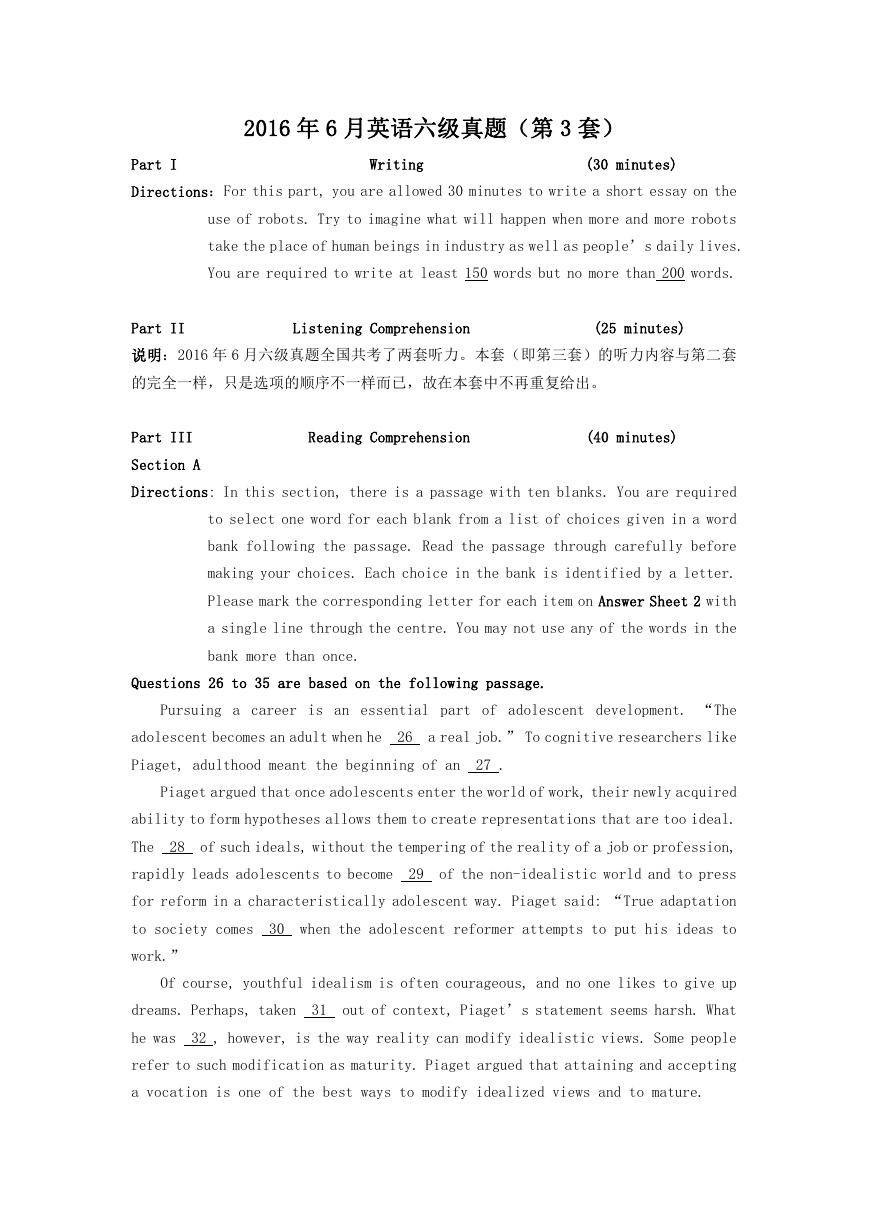















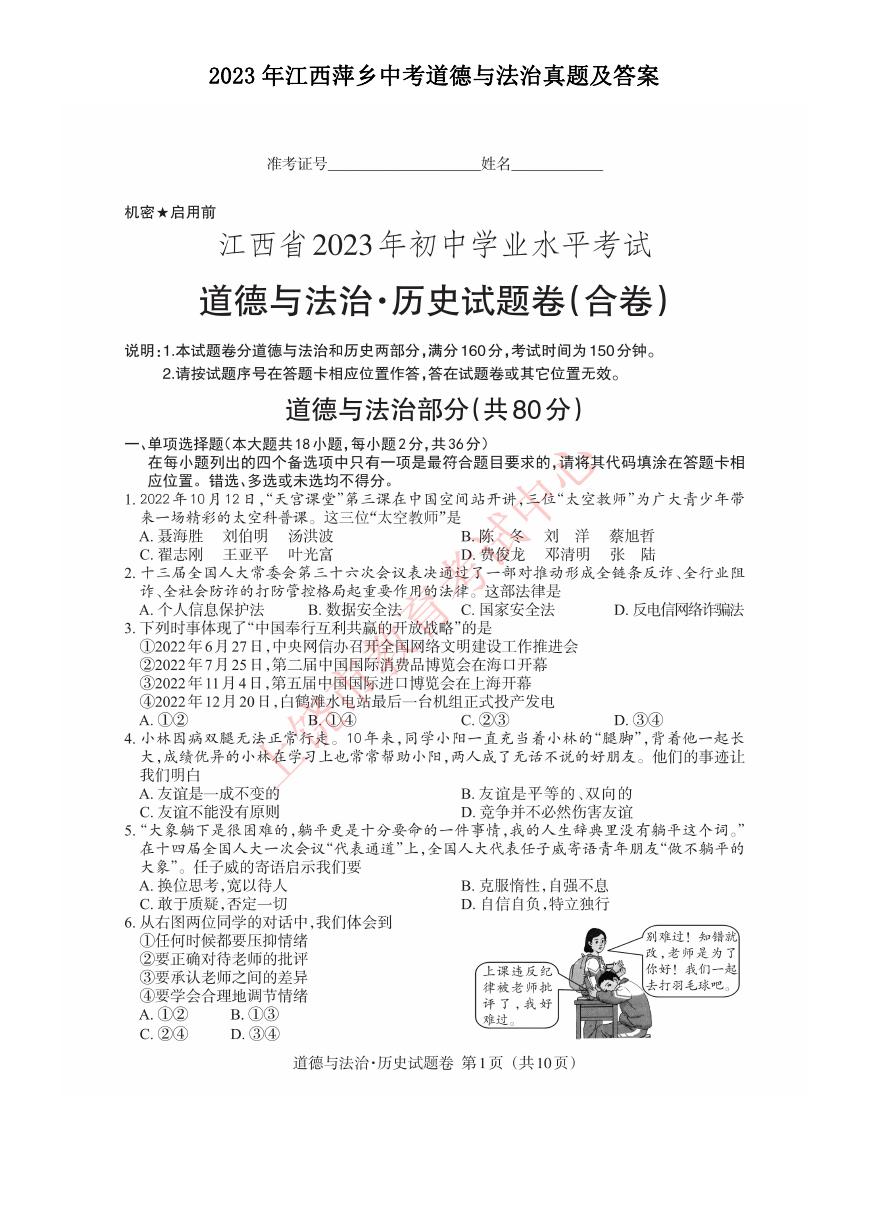 2023年江西萍乡中考道德与法治真题及答案.doc
2023年江西萍乡中考道德与法治真题及答案.doc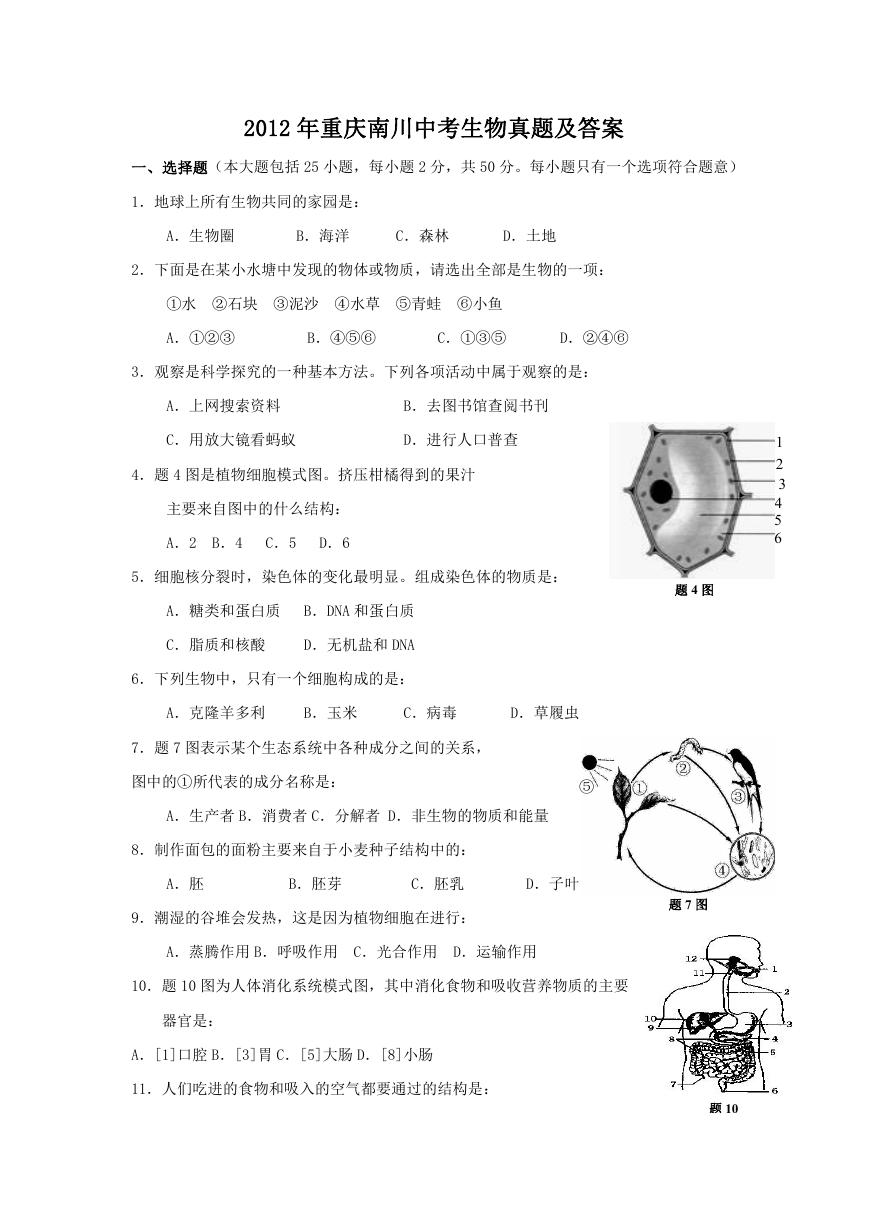 2012年重庆南川中考生物真题及答案.doc
2012年重庆南川中考生物真题及答案.doc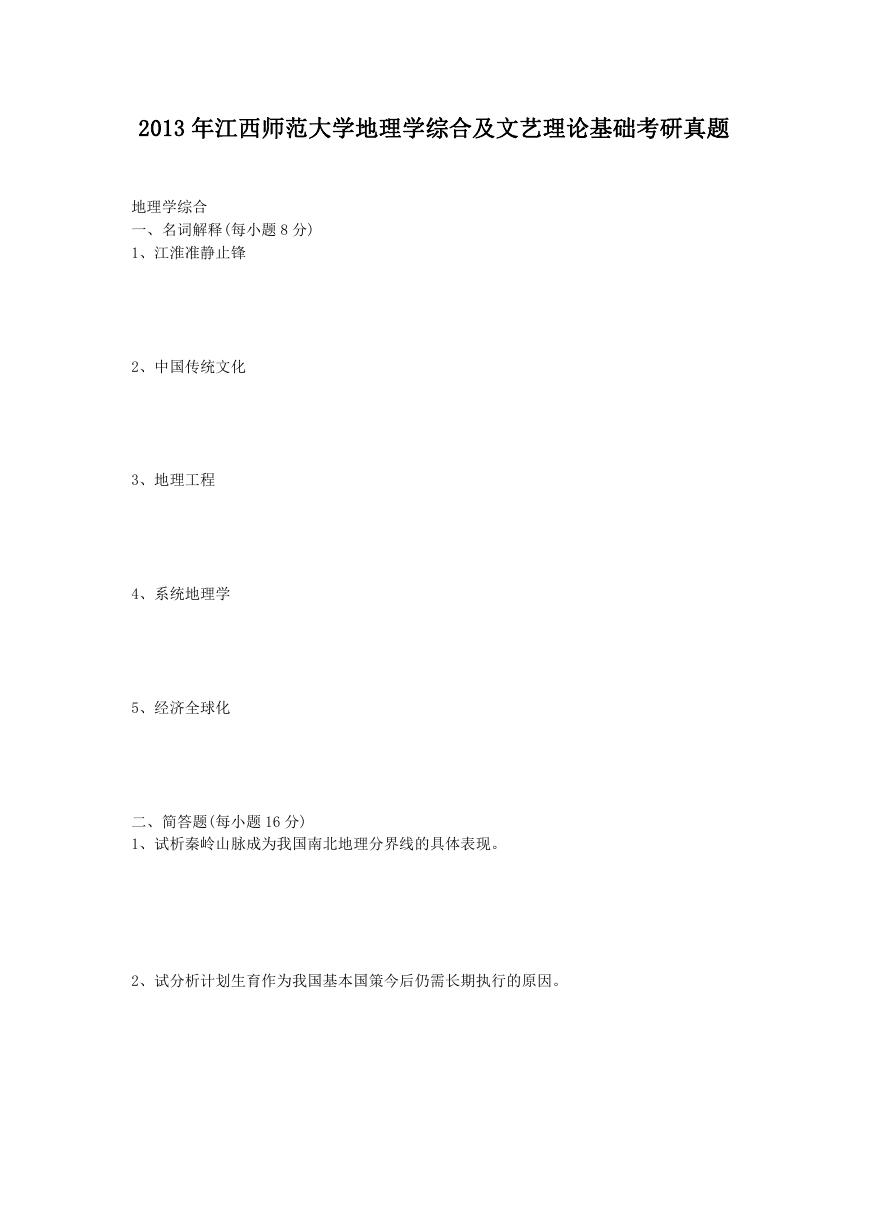 2013年江西师范大学地理学综合及文艺理论基础考研真题.doc
2013年江西师范大学地理学综合及文艺理论基础考研真题.doc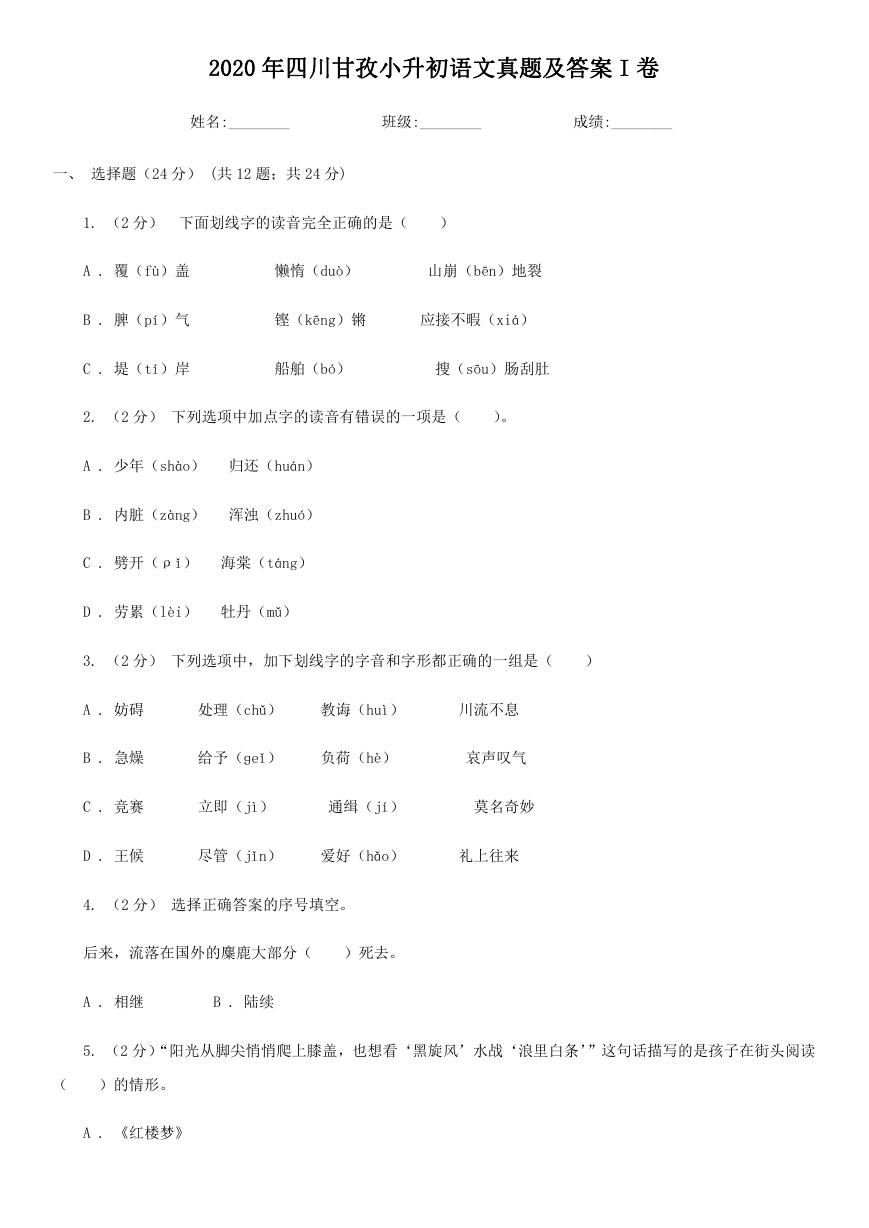 2020年四川甘孜小升初语文真题及答案I卷.doc
2020年四川甘孜小升初语文真题及答案I卷.doc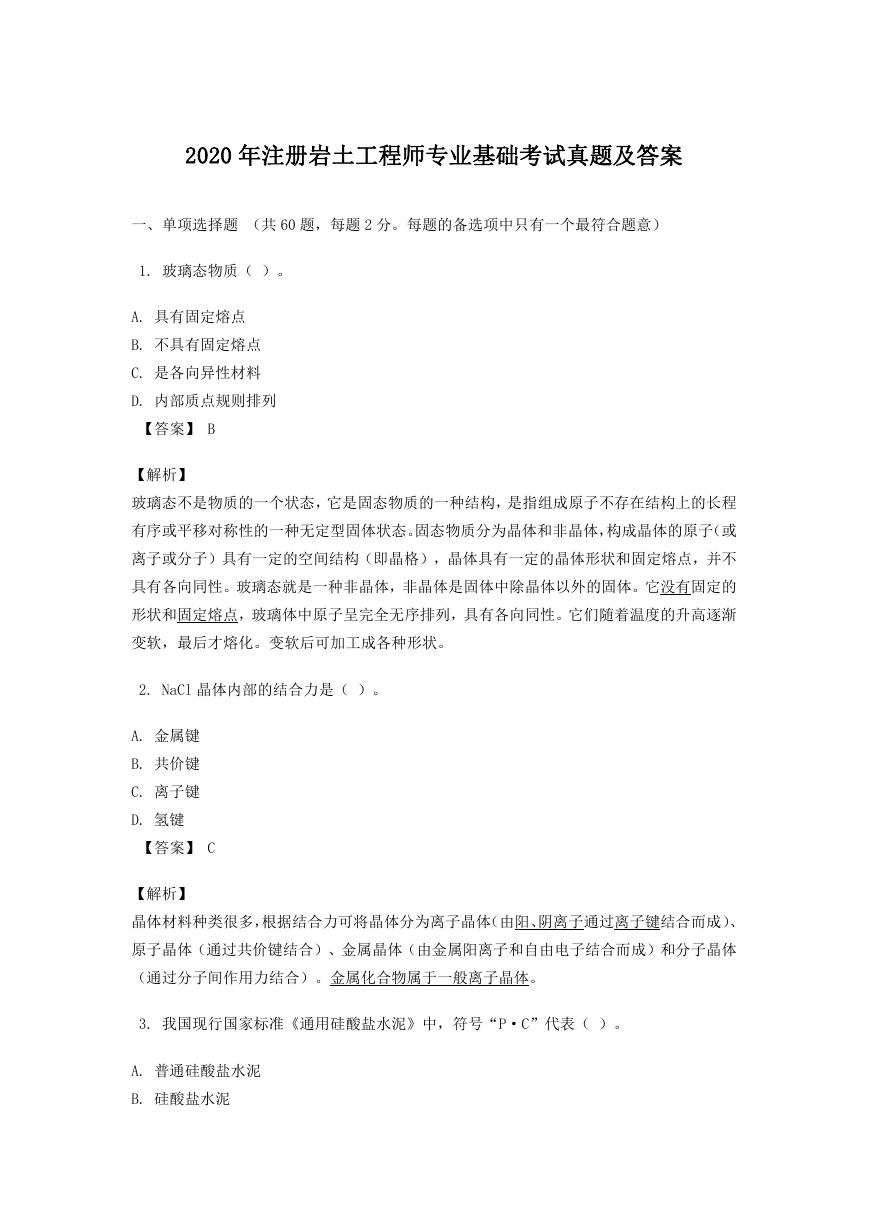 2020年注册岩土工程师专业基础考试真题及答案.doc
2020年注册岩土工程师专业基础考试真题及答案.doc 2023-2024学年福建省厦门市九年级上学期数学月考试题及答案.doc
2023-2024学年福建省厦门市九年级上学期数学月考试题及答案.doc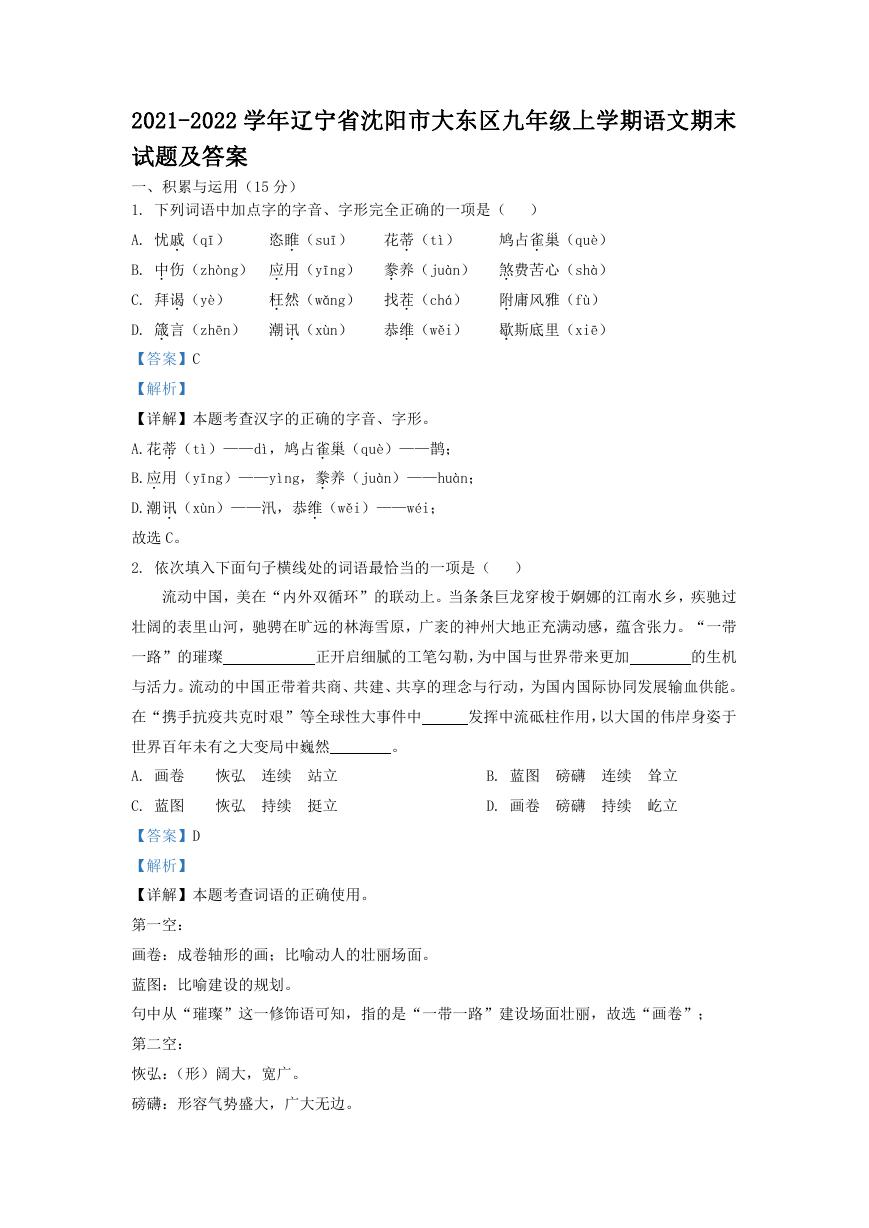 2021-2022学年辽宁省沈阳市大东区九年级上学期语文期末试题及答案.doc
2021-2022学年辽宁省沈阳市大东区九年级上学期语文期末试题及答案.doc 2022-2023学年北京东城区初三第一学期物理期末试卷及答案.doc
2022-2023学年北京东城区初三第一学期物理期末试卷及答案.doc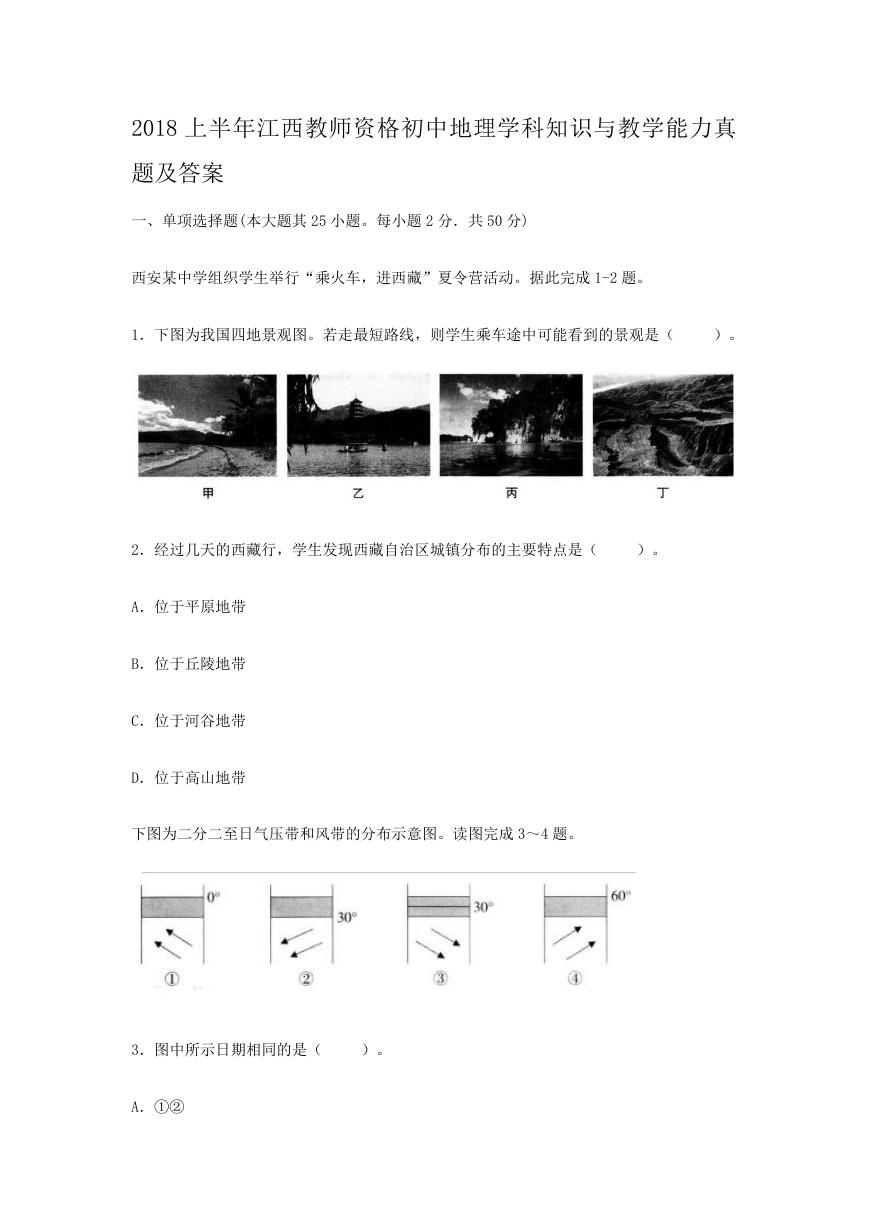 2018上半年江西教师资格初中地理学科知识与教学能力真题及答案.doc
2018上半年江西教师资格初中地理学科知识与教学能力真题及答案.doc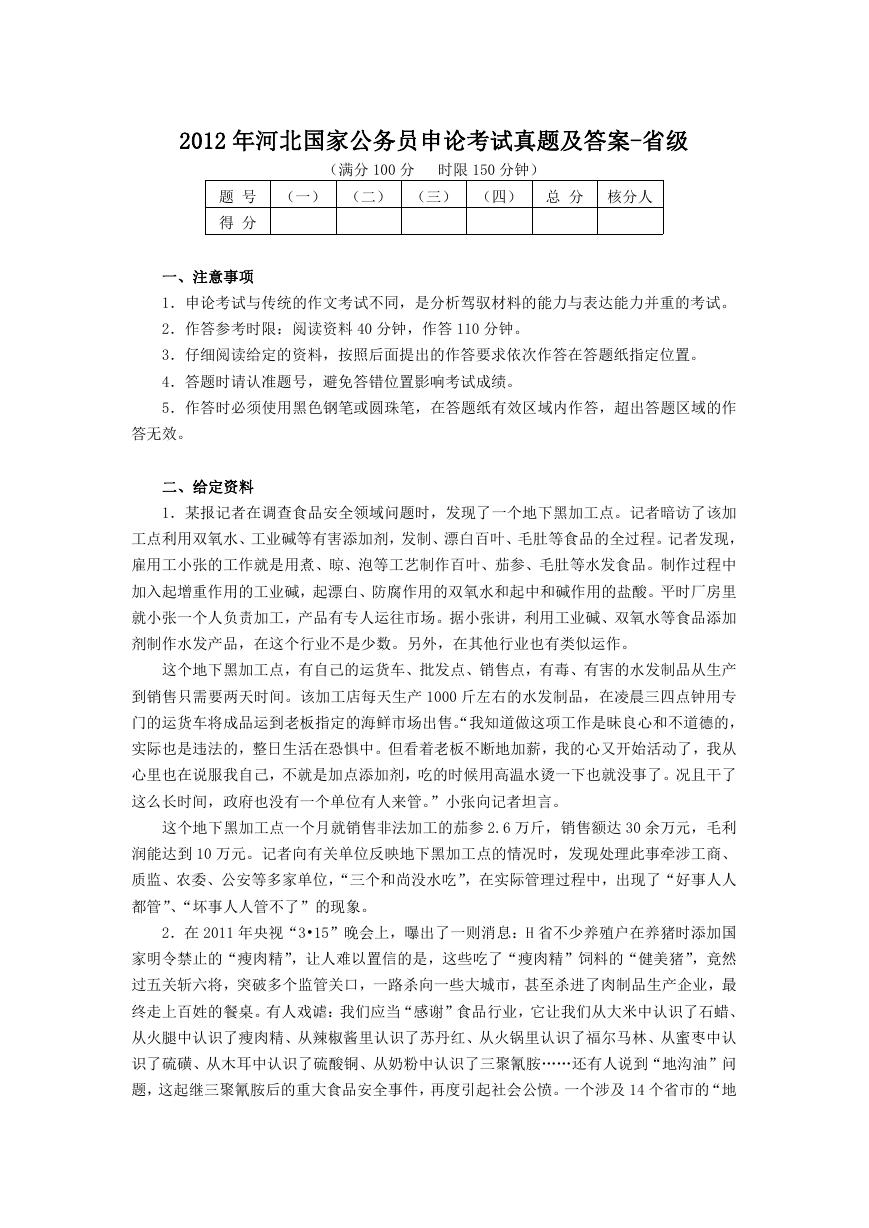 2012年河北国家公务员申论考试真题及答案-省级.doc
2012年河北国家公务员申论考试真题及答案-省级.doc 2020-2021学年江苏省扬州市江都区邵樊片九年级上学期数学第一次质量检测试题及答案.doc
2020-2021学年江苏省扬州市江都区邵樊片九年级上学期数学第一次质量检测试题及答案.doc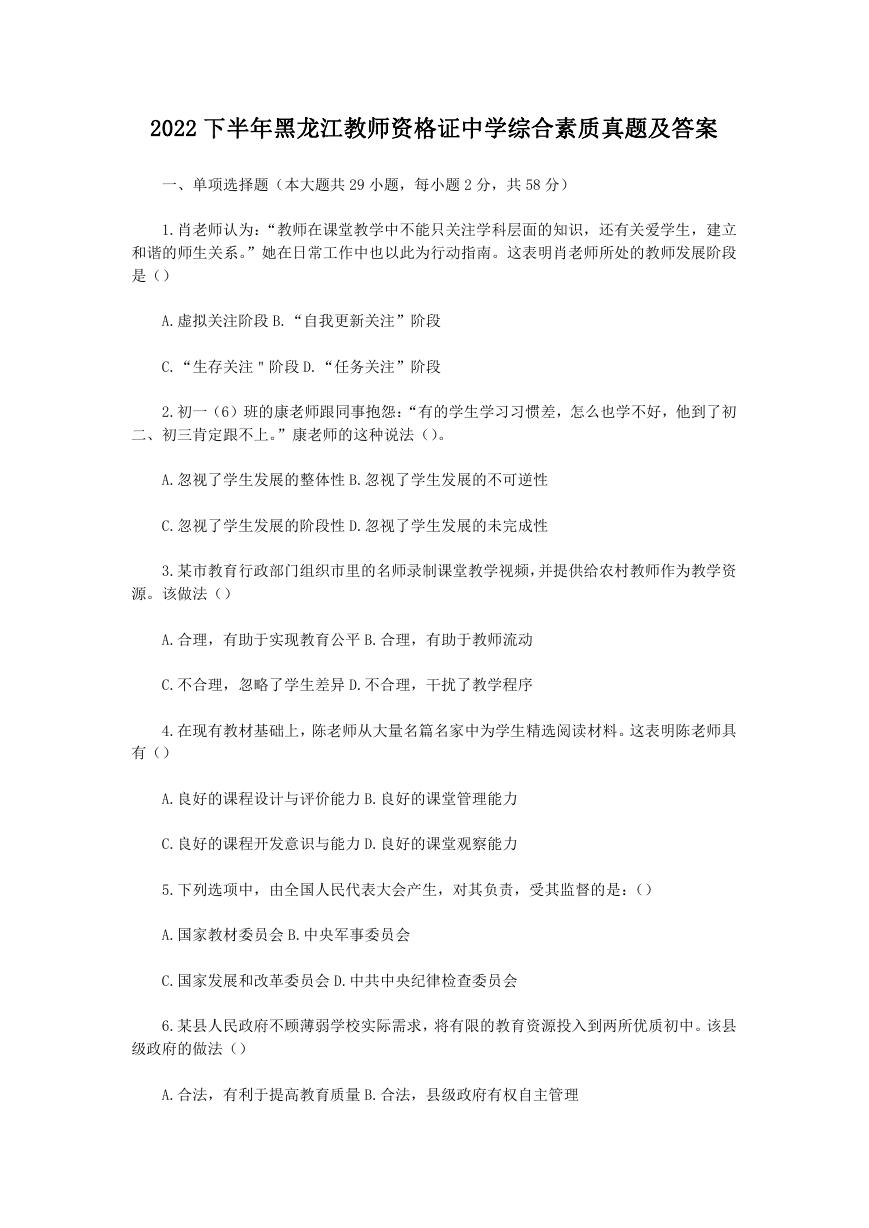 2022下半年黑龙江教师资格证中学综合素质真题及答案.doc
2022下半年黑龙江教师资格证中学综合素质真题及答案.doc